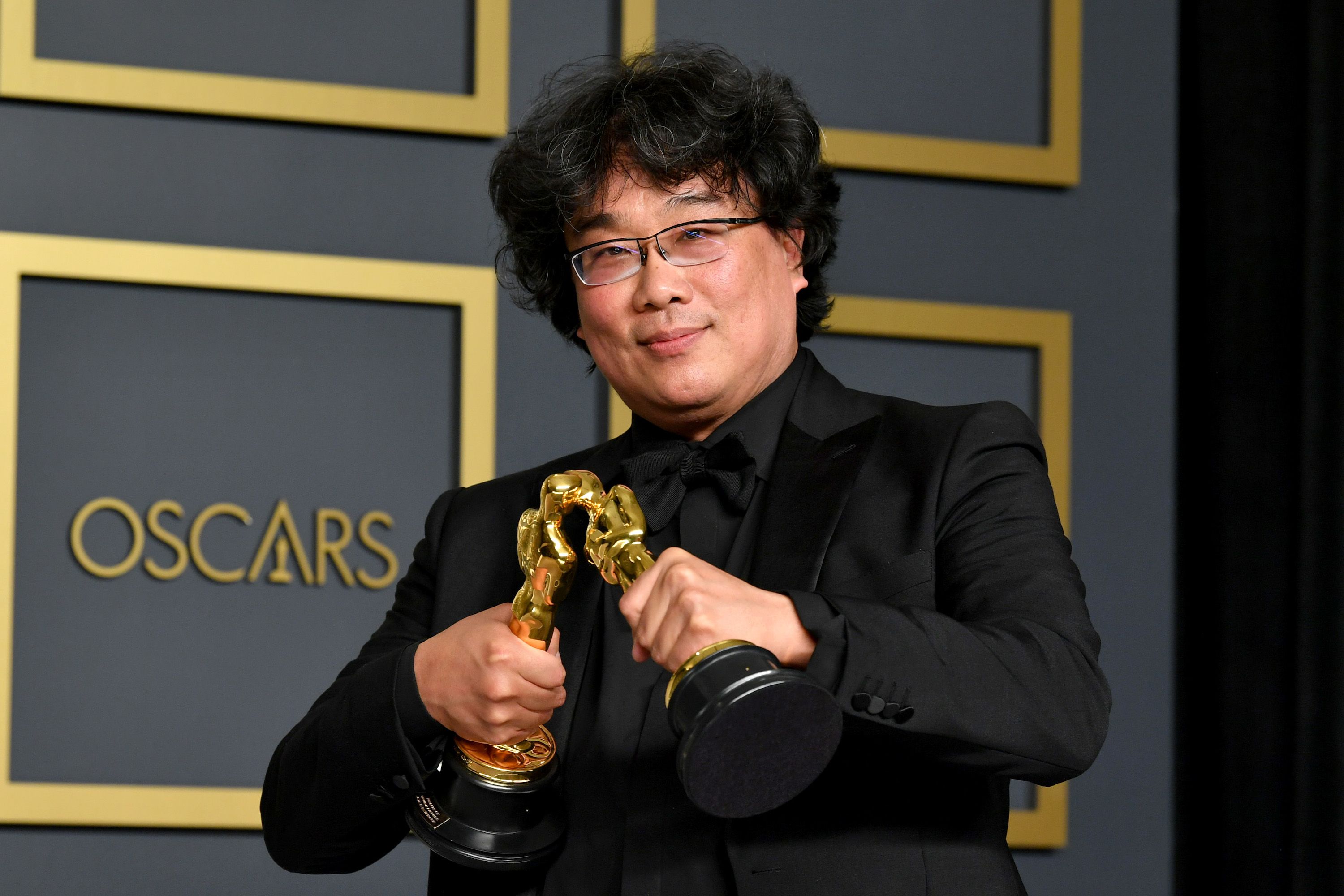Today is Godzilla's Birthday
Godzilla (Japanese: ゴジラ, Hepburn: Gojira, /ɡɒdˈzɪlə/; [ɡoꜜdʑiɾa] (About this soundlisten)) is a fictional monster, or kaiju, originating from a series of Japanese films. The character first appeared in the 1954 film Godzilla and became a worldwide pop culture icon, appearing in various media, including 32 films produced by Toho, four Hollywood films and numerous video games, novels, comic books and television shows. Godzilla has been dubbed the "King of the Monsters", a phrase first used in Godzilla, King of the Monsters! (1956), the Americanized version of the original film.
Godzilla is an enormous, destructive, prehistoric sea monster awakened and empowered by nuclear radiation. With the nuclear bombings of Hiroshima and Nagasaki and the Lucky Dragon 5 incident still fresh in the Japanese consciousness, Godzilla was conceived as a metaphor for nuclear weapons. Others have suggested that Godzilla is a metaphor for the United States, a giant beast woken from its slumber which then takes terrible vengeance on Japan. As the film series expanded, some stories took on less serious undertones, portraying Godzilla as an antihero, or a lesser threat who defends humanity. Later films address themes including Japan's forgetfulness over its imperial past, natural disasters and the human condition.
Godzilla has featured alongside many supporting characters. It has faced human opponents such as the JSDF, or other monsters, including King Ghidorah, Mechagodzilla and Gigan. Godzilla sometimes has allies, such as Rodan, Mothra and Anguirus, and offspring, such as Minilla and Godzilla Junior. Godzilla has also fought characters from other franchises in crossover media, such as the RKO Pictures/Universal Studios movie monster King Kong, as well as various Marvel Comics characters, including S.H.I.E.L.D., the Fantastic Four and the Avengers.
#Name
Gojira (ゴジラ) is a portmanteau of the Japanese words: gorira (ゴリラ, "gorilla") and kujira (鯨クジラ, "whale"), owing to the fact that in one planning stage, Godzilla was described as "a cross between a gorilla and a whale", due to its size, power and aquatic origin. One popular story is that "Gojira" was actually the nickname of a corpulent stagehand at Toho Studio. Kimi Honda, the widow of the director, dismissed this in a 1998 BBC documentary devoted to Godzilla: "The backstage boys at Toho loved to joke around with tall stories."
#Characteristics
Within the context of the Japanese films, Godzilla's exact origins vary, but it is generally depicted as an enormous, violent, prehistoric sea monster awakened and empowered by nuclear radiation. Although the specific details of Godzilla's appearance have varied slightly over the years, the overall impression has remained consistent. To emphasise the monster's relationship with the atomic bomb, its skin texture was inspired by the keloid scars seen on the survivors of Hiroshima.
In the original Japanese films, Godzilla and all the other monsters are referred to with gender-neutral pronouns equivalent to "it", while on english dub Godzilla is explicitly described as a Male.
Godzilla's allegiance and motivations have changed from film to film to suit the needs of the story. Although Godzilla does not like humans, it will fight alongside humanity against common threats. However, it makes no special effort to protect human life or property and will turn against its human allies on a whim. It is not motivated to attack by predatory instinct: it does not eat people and instead sustains itself on nuclear radiation and an omnivorous diet. When inquired if Godzilla was "good or bad", producer Shōgo Tomiyama likened it to a Shinto "God of Destruction" which lacks moral agency and cannot be held to human standards of good and evil. "He totally destroys everything and then there is a rebirth. Something new and fresh can begin.
#Special effects details
Godzilla's appearance has traditionally been portrayed in the films by an actor wearing a latex costume, though the character has also been rendered in animatronic, stop-motion and computer-generated form. Taking inspiration from King Kong, special effects artist Eiji Tsuburaya had initially wanted Godzilla to be portrayed via stop-motion, but prohibitive deadlines and a lack of experienced animators in Japan at the time made suitmation more practical.
In Godzilla (2014), the character was portrayed entirely via CGI. Godzilla's design in the reboot was intended to stay true to that of the original series, though the film's special effects team strove to make the monster "more dynamic than a guy in a big rubber suit. In Shin Godzilla, a majority of the character was portrayed via CGI, with Mansai Nomura portraying Godzilla through motion capture.
Comprehensive list of resources for those in need of an abortion :feminism:
Resources for Palestine :palestine-heart:
Here are some resourses on Prison Abolition :brick-police:
Foundations of Leninism :USSR:
:lenin-shining: :unity: :kropotkin-shining:
Anarchism and Other Essays :ancom:
Remember, sort by new you :LIB:
Follow the Hexbear twitter account :comrade-birdie:
THEORY; it’s good for what ails you (all kinds of tendencies inside!) :RIchard-D-Wolff:
COMMUNITY CALENDAR - AN EXPERIMENT IN PROMOTING USER ORGANIZING EFFORTS :af:
Come listen to music with your fellow Hexbears in Cy.tube :og-hex-bear:
Queer stuff? Come talk in the Queer version of the megathread ! :sicko-queer:
Monthly Neurodiverse Megathread and Monthly ND Venting Thread :Care-Comrade:
Join the fresh and beautiful batch of new comms:
!worldbuilding@hexbear.net :european-soviet:
!labour@hexbear.net :iww:
!emoji@hexbear.net :meow-anarchist: :meow-tankie:
!cars@hexbear.net :no-police:


i think picasso did that irl. he'd draw a picture on the check so that the restaurant would never cash it
I mean, if signed the check the signature would probably still sell for more than the cost of a meal.